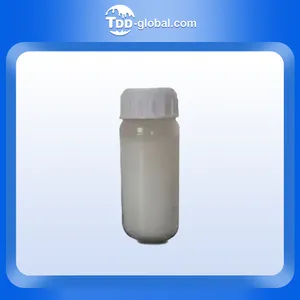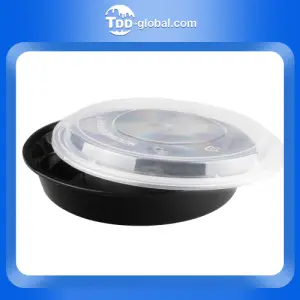[Compact Response]
Producing a 50/50 mixture of methanol and water is a straightforward process often used for various applications like fuel blends or antifreeze. Here's a simple method:
1. Safety First: Wear protective gear like gloves and goggles since methanol is toxic and flammable.
2. Measure Accurately: Gather equal volumes of methanol and water. You can use a graduated cylinder or a measuring cup for precision.
3. Mixing: Pour the methanol into a clean, non-reactive container (preferably glass or plastic). Slowly add the water while stirring gently to combine.
4. Double-check: Verify the ratio before use. If needed, use a hydrometer to measure the solution's specific gravity.
Remember, this mixture can be hazardous; handle it with care, store it properly, and avoid ingestion or skin contact.
Recommended Suppliers
-
 小敏测试128
小敏测试128 -
 5xiaominrenminbiAAABBB
5xiaominrenminbiAAABBB -
 Polypropylene resin
Polypropylene resin -
 Anatase Titanium Dioxide SWA-100
Anatase Titanium Dioxide SWA-100 -
 Ultrafine Heavy Active Calcium Carbonate 2800 Mesh
Ultrafine Heavy Active Calcium Carbonate 2800 Mesh -
 Pure pulp defoaming agent HT-608
Pure pulp defoaming agent HT-608 -
 P1500 disposable plastic 1500ml bowl food container
P1500 disposable plastic 1500ml bowl food container
- •how to make 50 50 methanol
- •how many crankshafts are in a v8 automobile engine
- •how to make 50 50 methanol
- •low carbon dioxide in blood





